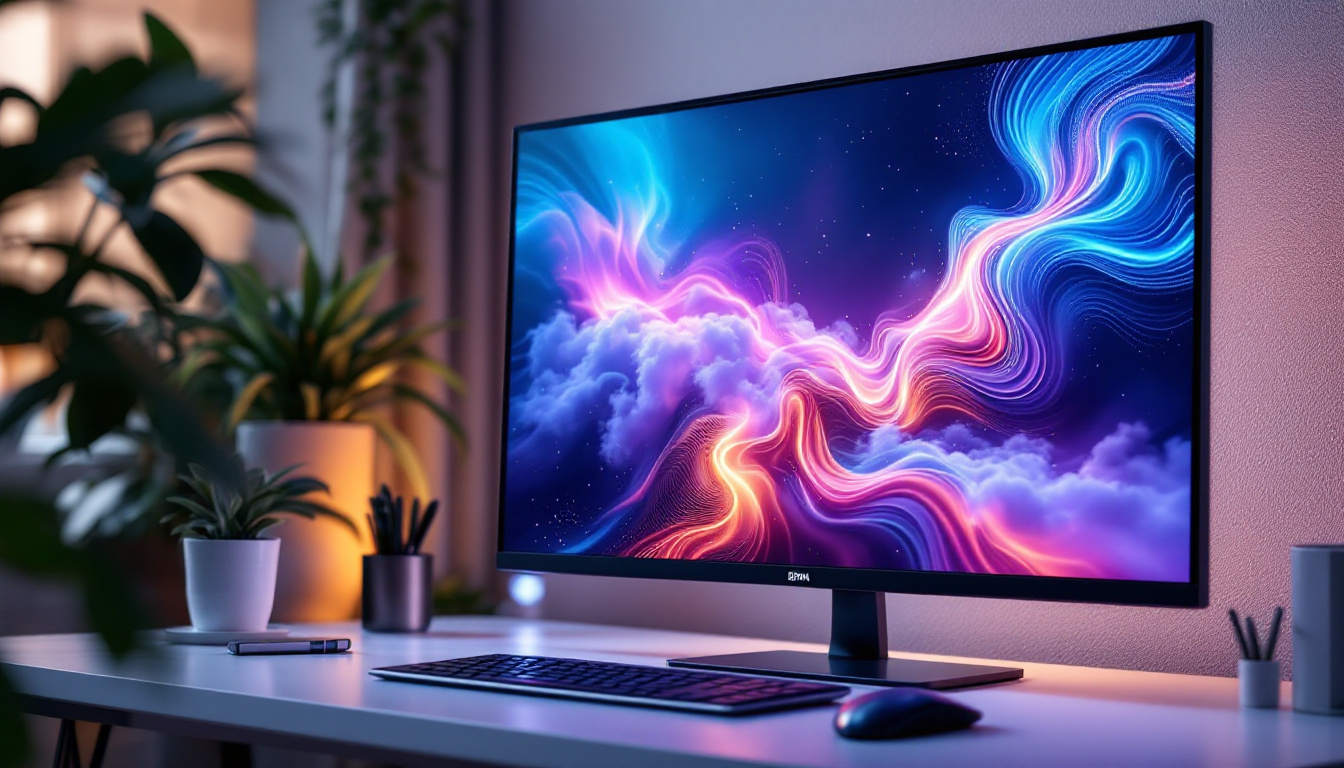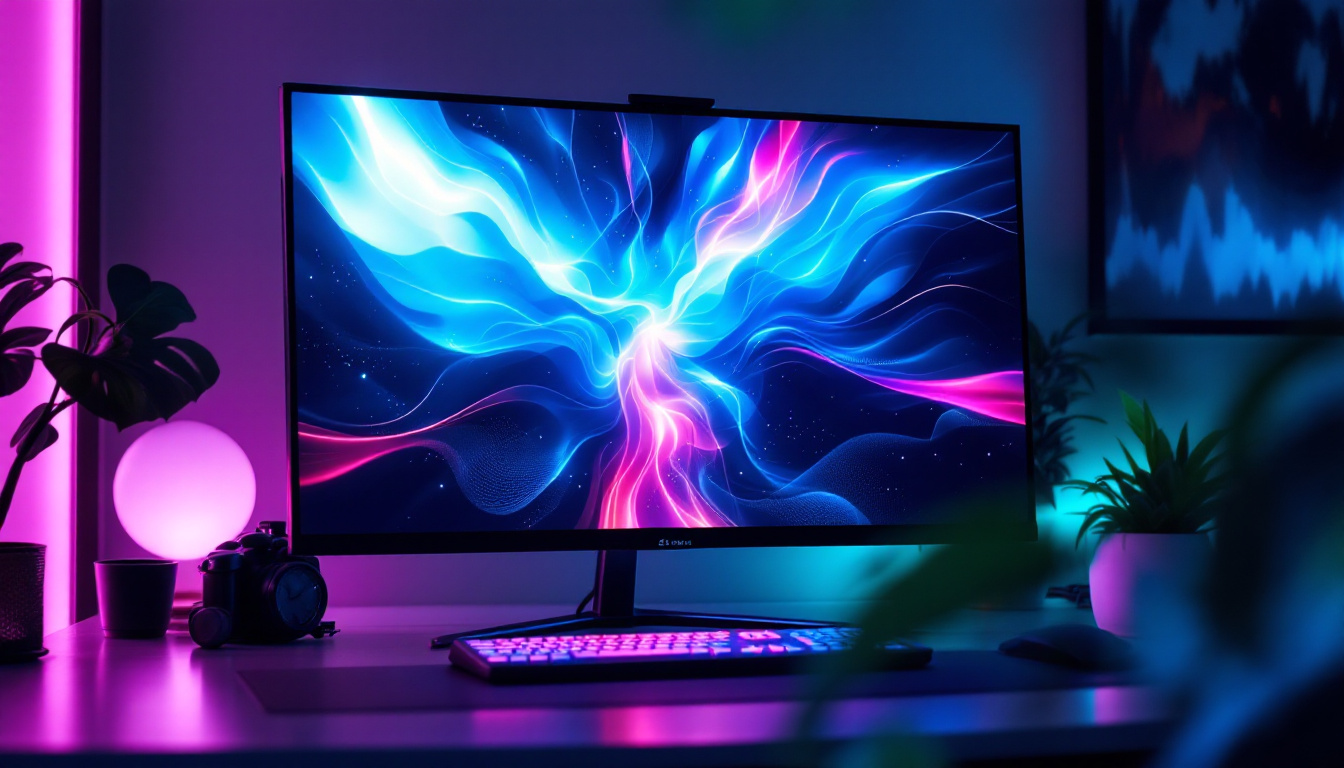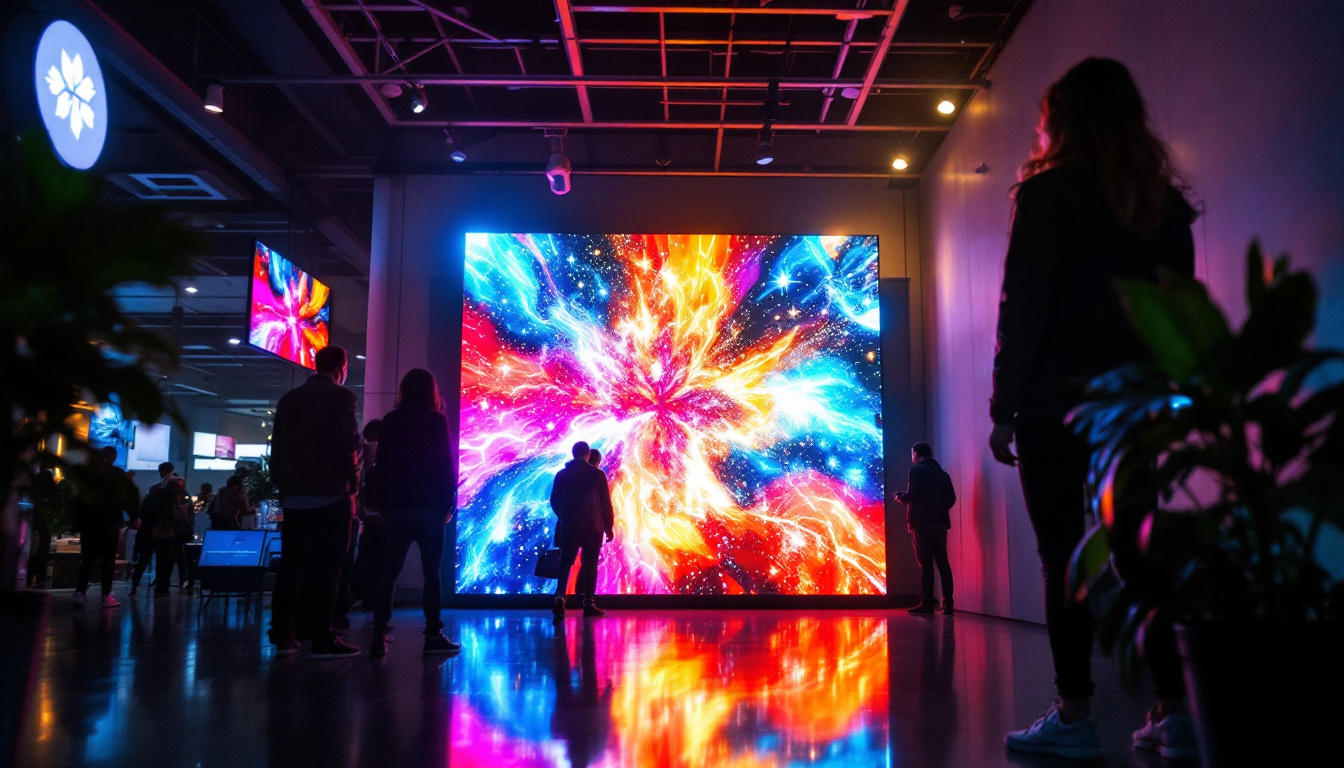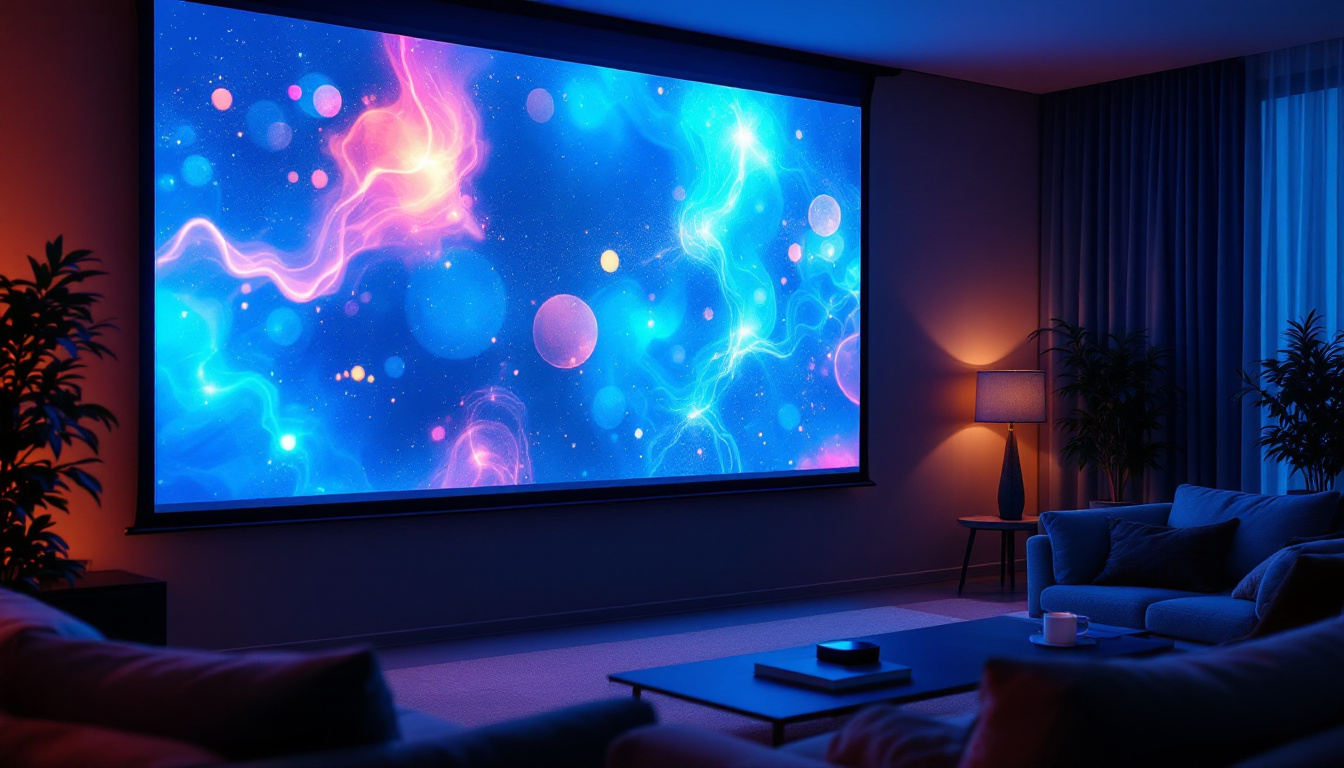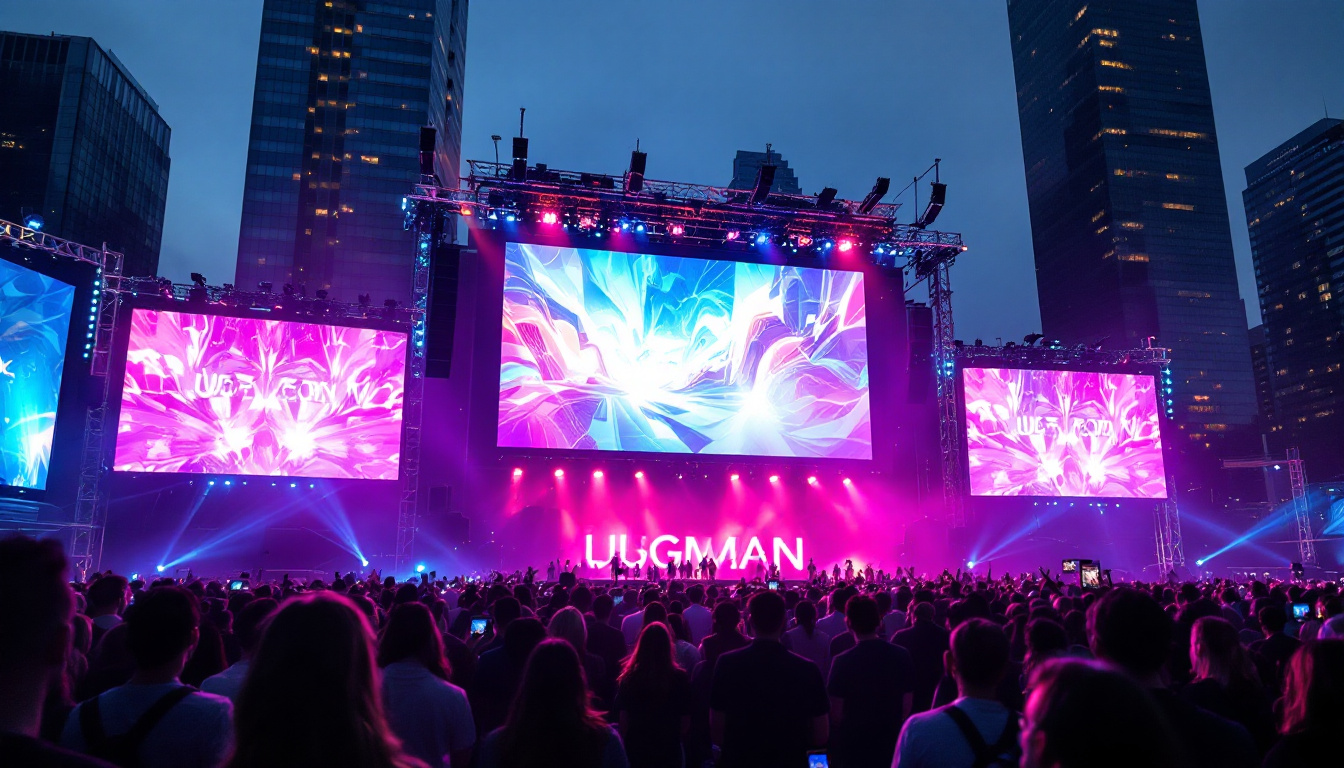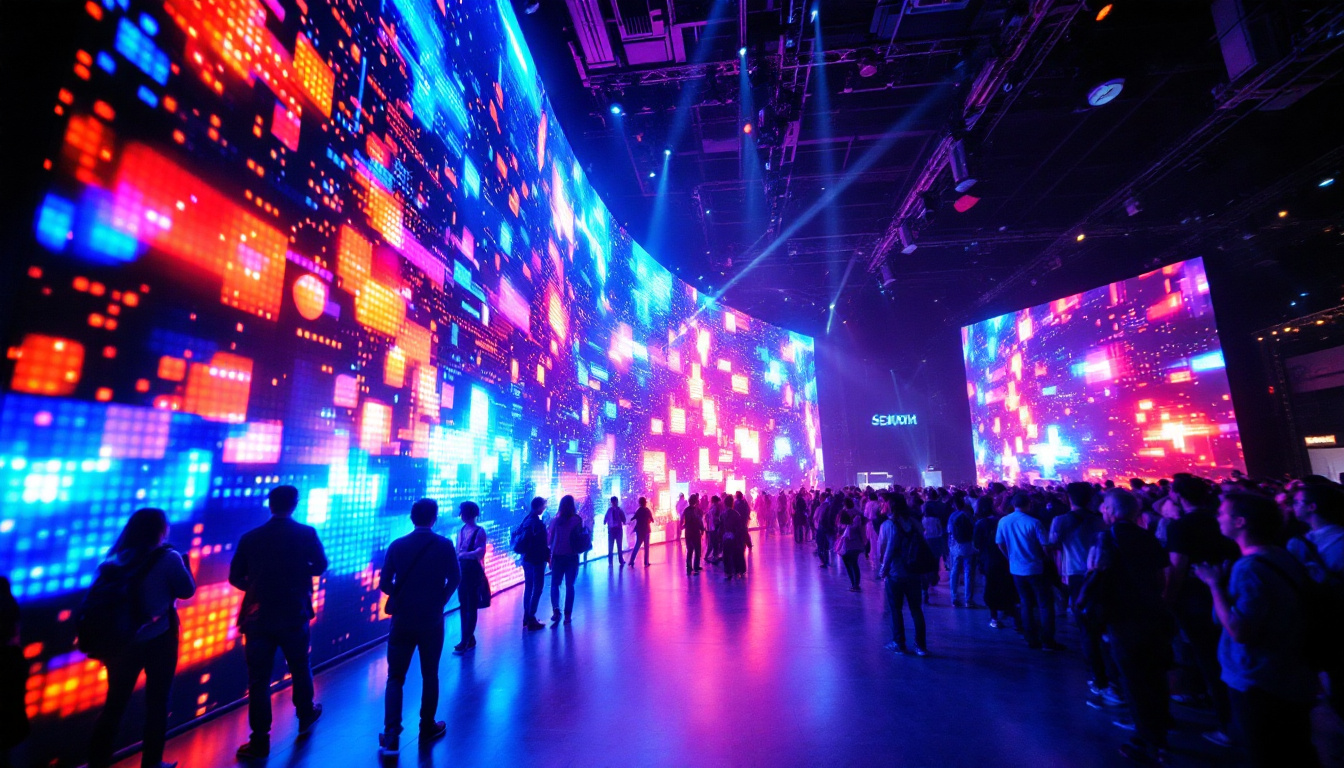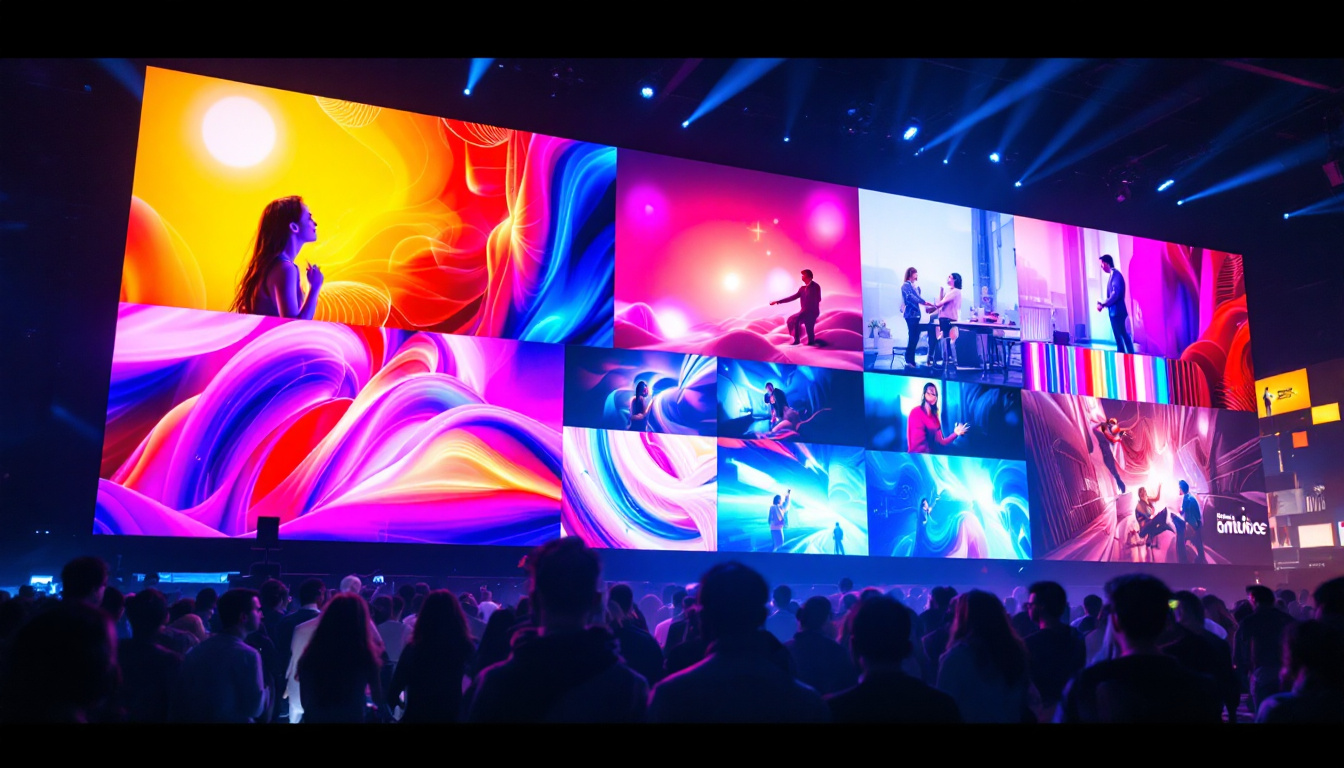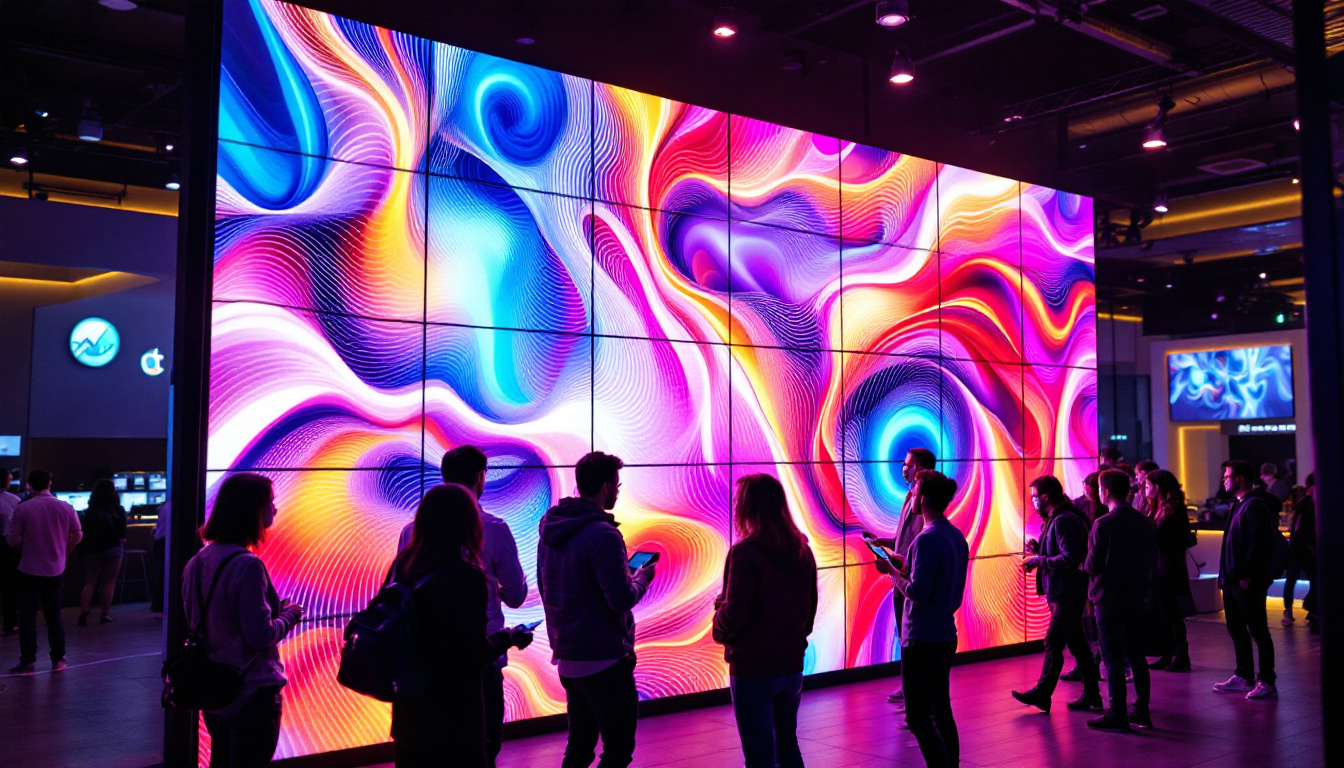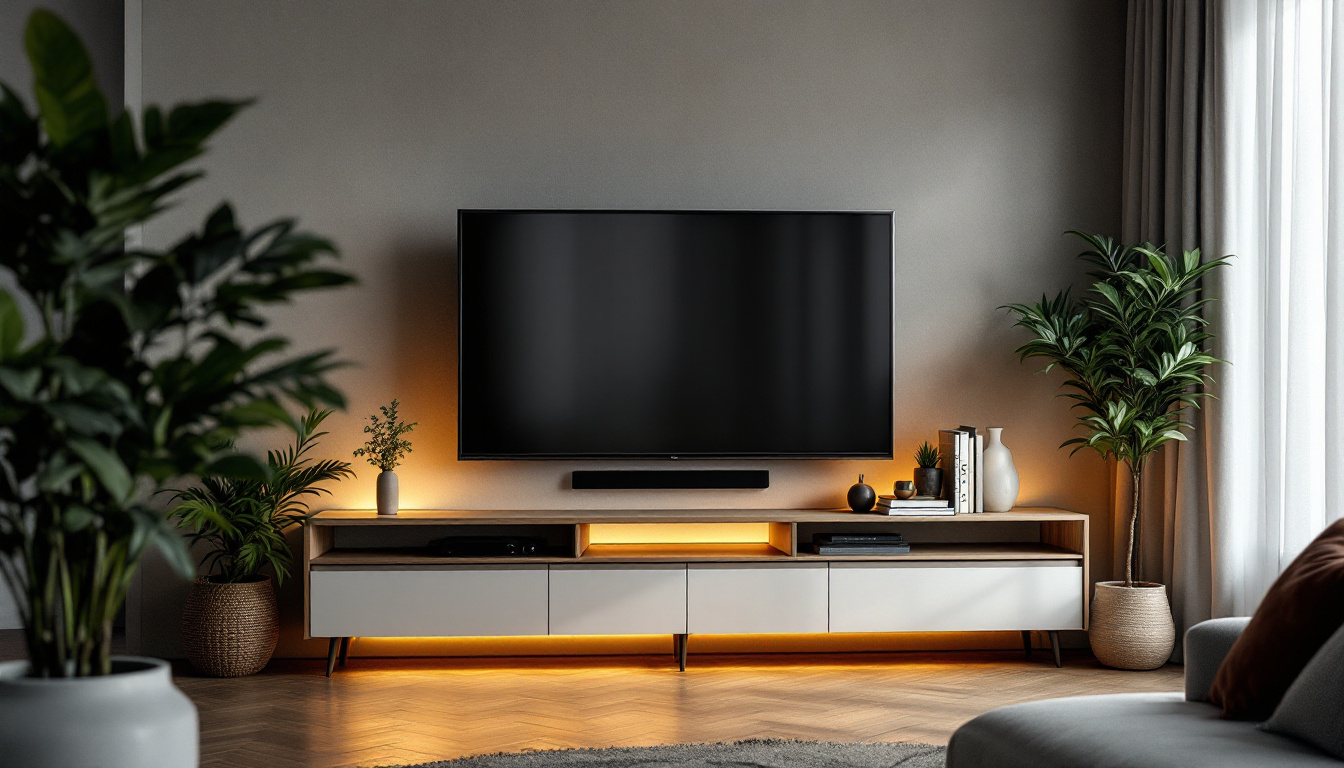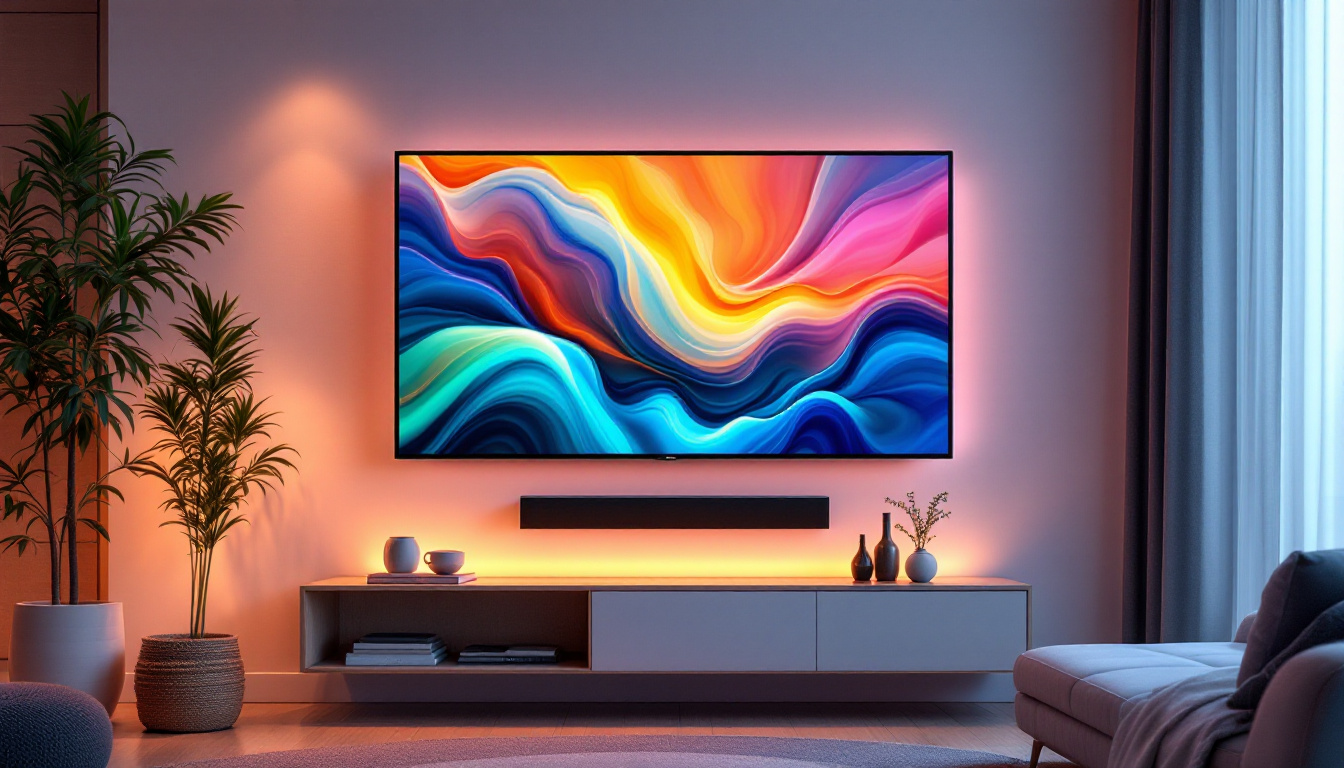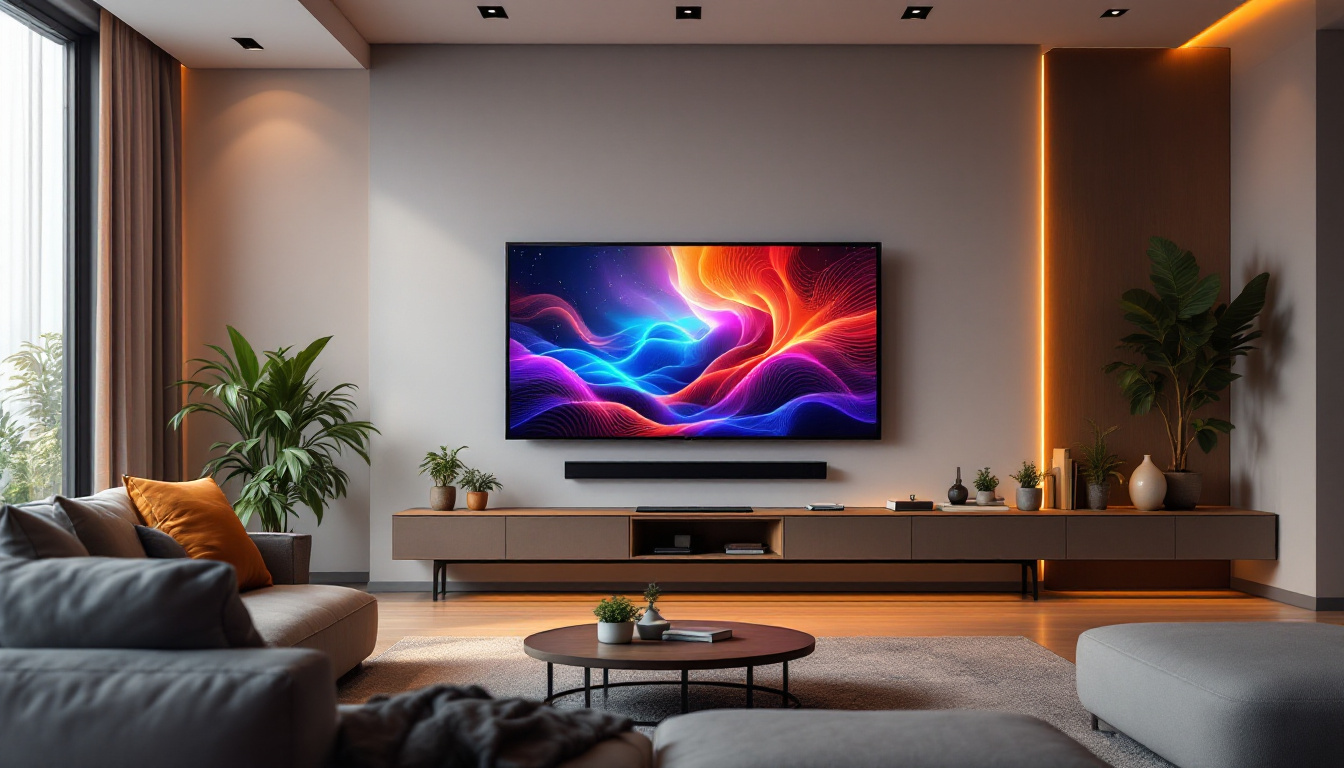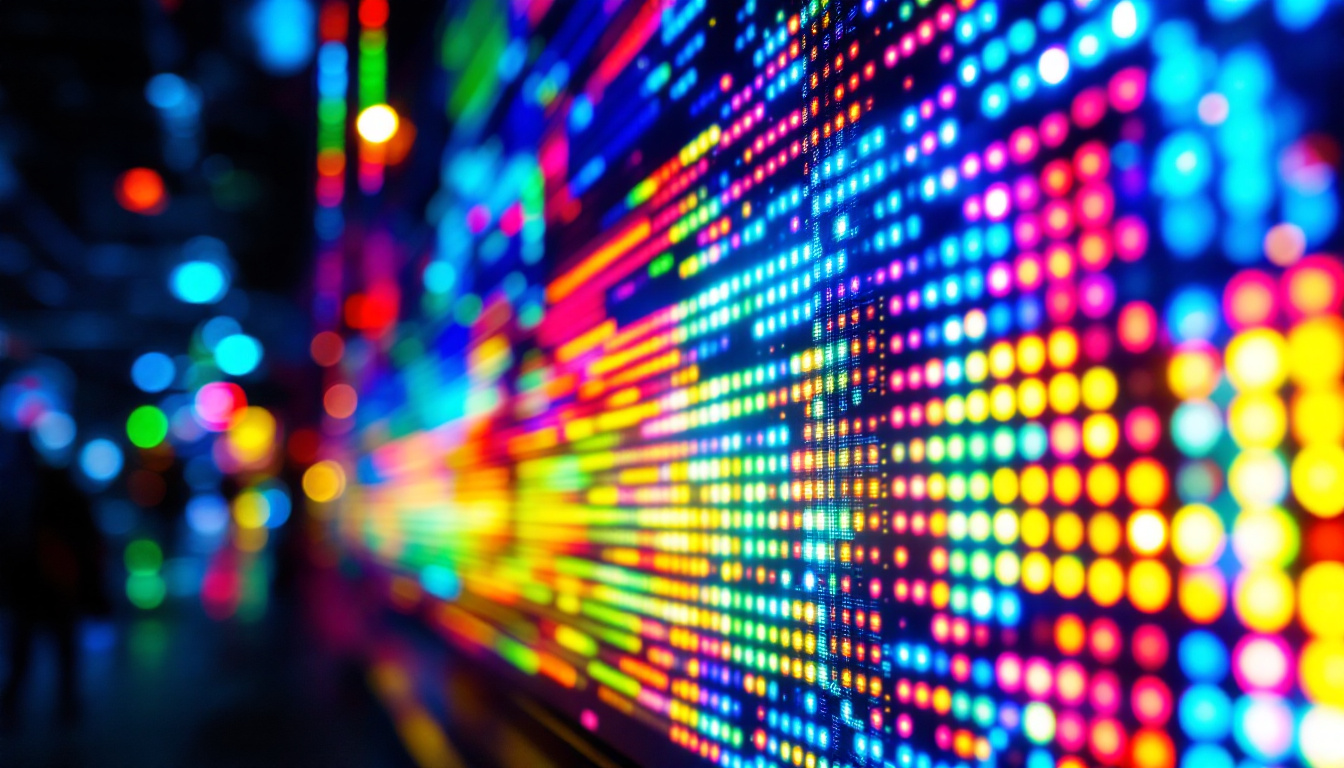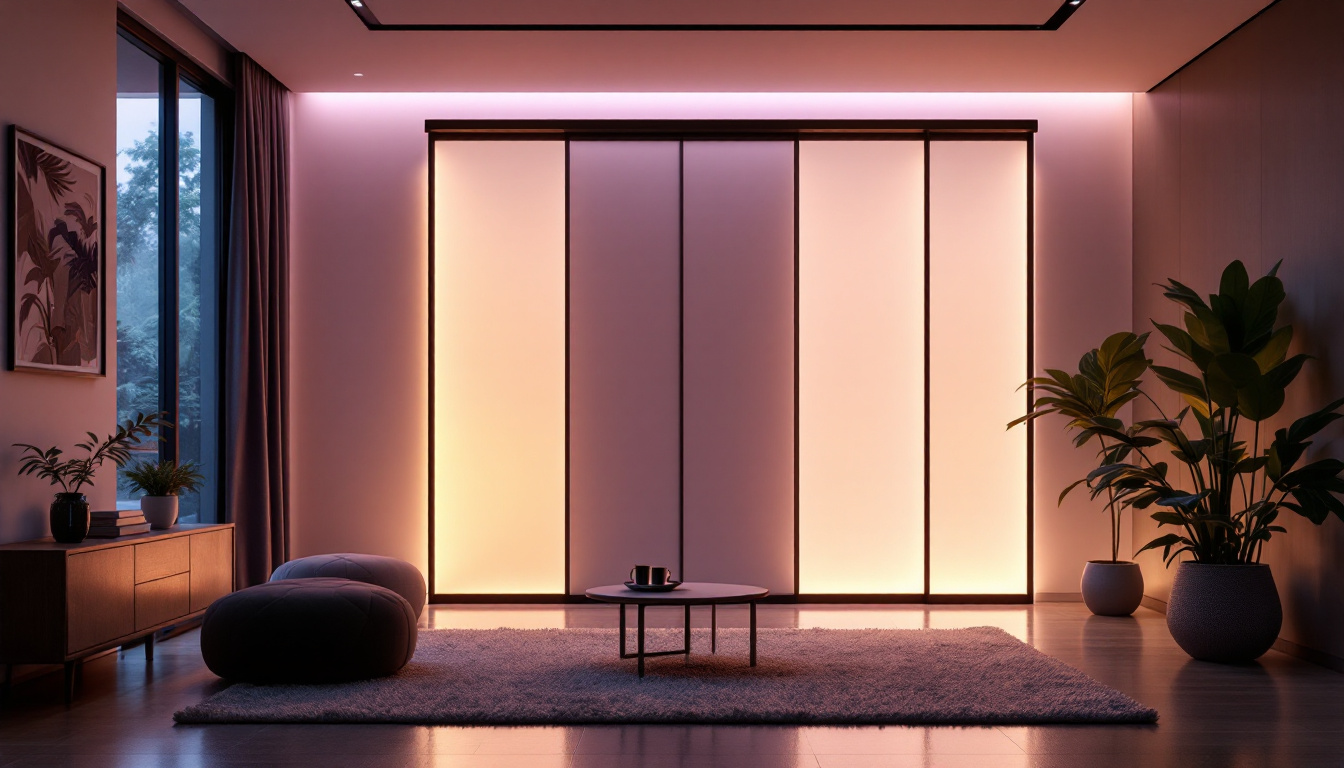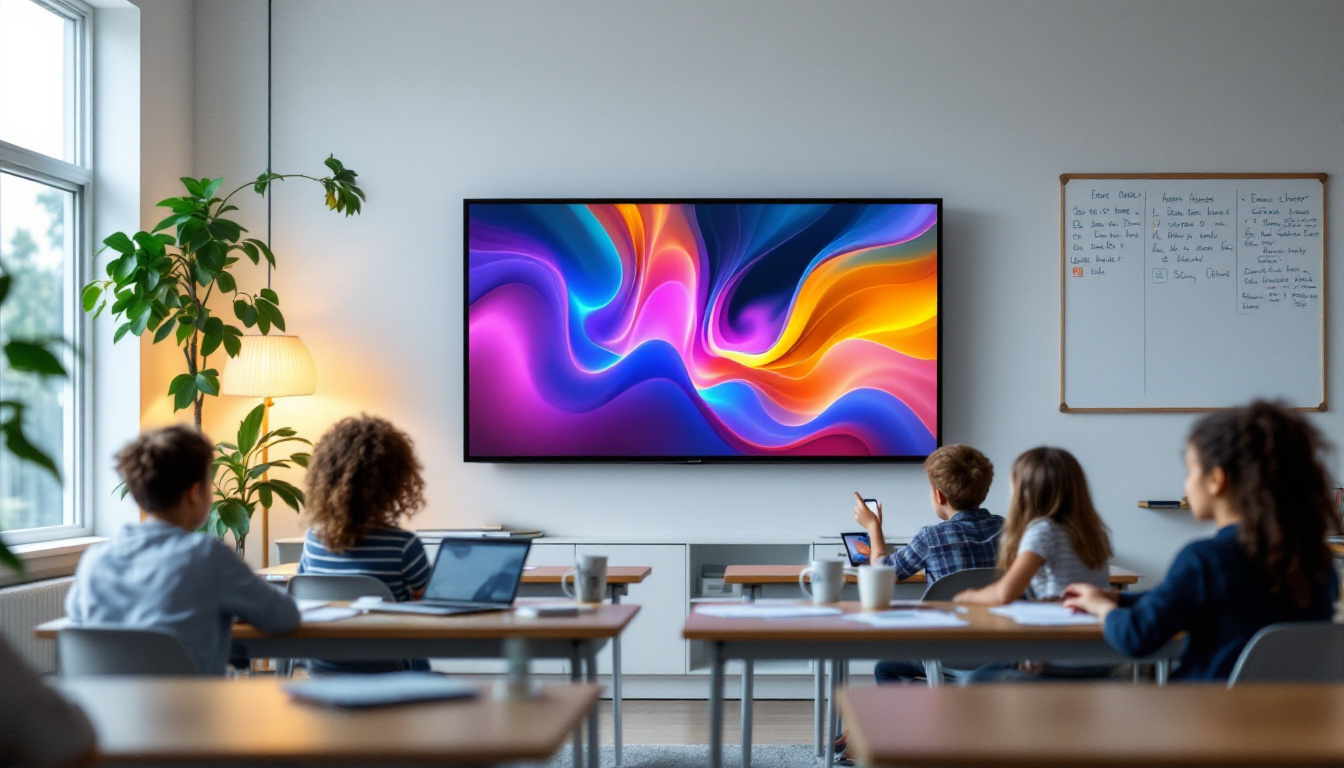In the world of display technology, the terms LCD and LED are often used interchangeably, leading to confusion among consumers. Understanding the differences and the unique features of each technology is essential for making informed purchasing decisions. This article delves into the specifics of LCD monitors, particularly focusing on the concept of the “White Cloud” LED display, and how it enhances the viewing experience.
Understanding LCD Technology
Liquid Crystal Display (LCD) technology has revolutionized the way we view images on screens. It utilizes liquid crystals sandwiched between two layers of glass or plastic. When an electric current passes through, these crystals align to control the light passing through, creating images. The fundamental advantage of LCDs is their ability to produce sharp images with high resolution while consuming less power compared to older technologies like CRT (Cathode Ray Tube).
How LCD Works
At its core, an LCD monitor consists of several key components: the liquid crystal layer, the backlight, and the polarizers. The backlight, typically made up of fluorescent lamps or LEDs, provides the necessary illumination. The polarizers filter the light, allowing only certain wavelengths to pass through, which is crucial for color reproduction.
When the liquid crystals are activated, they twist and turn, manipulating the light to create images. This process allows for rapid refresh rates, making LCDs suitable for various applications, from office work to gaming. Additionally, the technology has evolved to include features like in-plane switching (IPS) and twisted nematic (TN) panels, each offering distinct advantages in terms of color accuracy and response times, catering to different user needs and preferences.
Benefits of LCD Monitors
LCD monitors are known for their slim profile and lightweight design, making them easy to transport and install. Additionally, they offer excellent color accuracy and contrast ratios, which are essential for graphic design and video editing. Their energy efficiency is another significant advantage, as they consume less power, contributing to lower electricity bills and a reduced environmental footprint.
Moreover, LCD technology has advanced significantly over the years, with improvements in response times and viewing angles. This means that users can enjoy a consistent viewing experience, regardless of their position relative to the screen. Furthermore, many modern LCDs come equipped with features such as anti-glare coatings and blue light filters, enhancing user comfort during prolonged use. These innovations not only improve the visual experience but also address concerns related to eye strain and fatigue, making LCD monitors a popular choice for both casual users and professionals alike.
Exploring LED Backlighting
While LCD technology itself has been around for decades, the introduction of LED (Light Emitting Diode) backlighting has taken LCD displays to new heights. LED backlighting enhances the brightness and color accuracy of LCD monitors, significantly improving the overall viewing experience.
Types of LED Backlighting
There are primarily two types of LED backlighting used in LCD monitors: edge-lit and full-array. Edge-lit LED displays feature LEDs placed along the edges of the screen, which allows for a thinner design. However, this configuration can sometimes result in uneven lighting and reduced contrast.
In contrast, full-array LED backlighting places LEDs behind the entire screen, providing more uniform illumination. This setup allows for better control over local dimming, enhancing contrast and black levels. Full-array displays are generally preferred for high-end monitors and televisions due to their superior performance.
Benefits of LED Backlighting
The integration of LED backlighting in LCD monitors brings several benefits. Firstly, it significantly increases brightness levels, making screens more visible in well-lit environments. Secondly, LED technology offers improved energy efficiency compared to traditional fluorescent backlighting, leading to longer lifespans for the monitors.
Furthermore, LED backlighting allows for a wider color gamut, resulting in more vibrant and accurate colors. This is particularly beneficial for professional applications where color precision is critical, such as photography and graphic design.
The Concept of White Cloud Technology
White Cloud technology refers to a specific implementation of LED backlighting that enhances the overall quality of LCD displays. This technology aims to provide a more balanced and uniform light distribution across the screen, minimizing issues like color bleeding and uneven brightness.
How White Cloud Technology Works
White Cloud technology utilizes advanced algorithms and precise engineering to optimize the distribution of light emitted by the LEDs. By carefully managing the intensity and color of the backlight, this technology ensures that every pixel on the screen receives the appropriate amount of light.
This results in improved contrast ratios and deeper blacks, as well as enhanced color accuracy. The goal is to create a viewing experience that closely resembles that of OLED displays, which are known for their exceptional color performance and contrast.
Advantages of White Cloud Displays
One of the primary advantages of White Cloud technology is its ability to reduce eye strain. By providing a more uniform light distribution, it minimizes flickering and glare, making it easier for users to work or enjoy media for extended periods.
Additionally, White Cloud displays often come with enhanced color calibration options, allowing users to fine-tune their settings for optimal performance. This is particularly valuable for professionals who require precise color representation in their work.
Comparing LCD with White Cloud LED Displays
When comparing traditional LCD monitors to those equipped with White Cloud technology, several key differences emerge. While both types of displays utilize liquid crystal technology, the enhancements provided by White Cloud can significantly impact the viewing experience.
Image Quality
White Cloud displays typically offer superior image quality compared to standard LCD monitors. The improved backlighting technology results in better contrast ratios, more accurate colors, and deeper blacks. This is particularly noticeable in dark scenes or when viewing content with high dynamic range (HDR).
In contrast, traditional LCD monitors may struggle with color accuracy and uniformity, especially in challenging lighting conditions. Users may find that colors appear washed out or inconsistent across the screen.
Energy Efficiency
While both LCD and White Cloud LED displays are energy-efficient, the latter often takes it a step further. The advanced LED backlighting technology used in White Cloud displays allows for better power management, which can lead to lower energy consumption overall.
This is not only beneficial for reducing electricity costs but also contributes to a smaller carbon footprint, making White Cloud displays a more environmentally friendly option.
Applications of White Cloud LED Displays
White Cloud LED displays are versatile and suitable for a wide range of applications. From professional environments to home entertainment setups, these monitors provide an enhanced viewing experience across various use cases.
Professional Use
In professional settings, such as graphic design, video editing, and photography, accurate color representation is crucial. White Cloud displays excel in this area, providing designers and editors with the tools they need to produce high-quality work. The enhanced color calibration options allow for precise adjustments, ensuring that the final output matches the intended vision.
Moreover, the reduced eye strain associated with White Cloud technology makes these monitors ideal for long hours of work, contributing to improved productivity and comfort.
Home Entertainment
For home users, White Cloud LED displays offer an immersive viewing experience for movies, TV shows, and gaming. The superior contrast and color accuracy make visuals pop, creating a more engaging experience. Whether watching a blockbuster film or playing the latest video game, users can appreciate the finer details that White Cloud technology brings to the table.
Additionally, the energy efficiency of these displays means that users can enjoy high-quality entertainment without worrying about excessive power consumption.
Choosing the Right Monitor
When selecting a monitor, it’s essential to consider factors such as usage, budget, and personal preferences. While White Cloud LED displays offer numerous advantages, they may come at a higher price point compared to standard LCD monitors.
Assessing Your Needs
Before making a purchase, it’s crucial to assess your specific needs. If color accuracy and image quality are paramount, investing in a White Cloud display may be worthwhile. However, for general use such as browsing and office work, a standard LCD monitor may suffice.
Consider the types of activities you will be using the monitor for, and prioritize features that align with those activities. For instance, gamers may prioritize refresh rates and response times, while professionals may focus on color accuracy and calibration options.
Budget Considerations
Budget is another critical factor when choosing a monitor. While White Cloud displays offer enhanced features, they often come with a higher price tag. It’s essential to weigh the benefits against your budget constraints and determine what features are most important to you.
Additionally, keep an eye out for sales and promotions, as these can significantly reduce the cost of high-quality monitors, making them more accessible to a broader audience.
Conclusion
In conclusion, understanding the differences between LCD monitors and those equipped with White Cloud LED technology is crucial for making informed decisions. While both technologies have their merits, White Cloud displays offer significant advantages in terms of image quality, energy efficiency, and overall viewing experience.
Whether for professional use or home entertainment, investing in a monitor that meets your needs can enhance productivity and enjoyment. As display technology continues to evolve, staying informed about the latest advancements will ensure that users can make the best choices for their specific requirements.
Ultimately, the right monitor can transform the way users interact with digital content, making it an essential consideration in today’s technology-driven world.
Discover the Future of Visual Experience with LumenMatrix
Ready to elevate your visual experience with the latest in LED display technology? LumenMatrix is at the forefront of innovation, offering a wide array of LED display solutions that cater to your every need. From captivating Indoor LED Wall Displays to dynamic Outdoor LED Wall Displays, and from versatile Vehicle LED Displays to sleek LED Poster Displays, our products are designed to revolutionize visual communication. Embrace the power of LED Sports Displays, immersive Floor LED Displays, and the customization possibilities of Custom LED Displays. Experience our All-in-One LED Display and the cutting-edge LED Transparent Display. Don’t miss the opportunity to transform your space and captivate your audience. Check out LumenMatrix LED Display Solutions today and step into a world where your message shines with clarity and impact.

